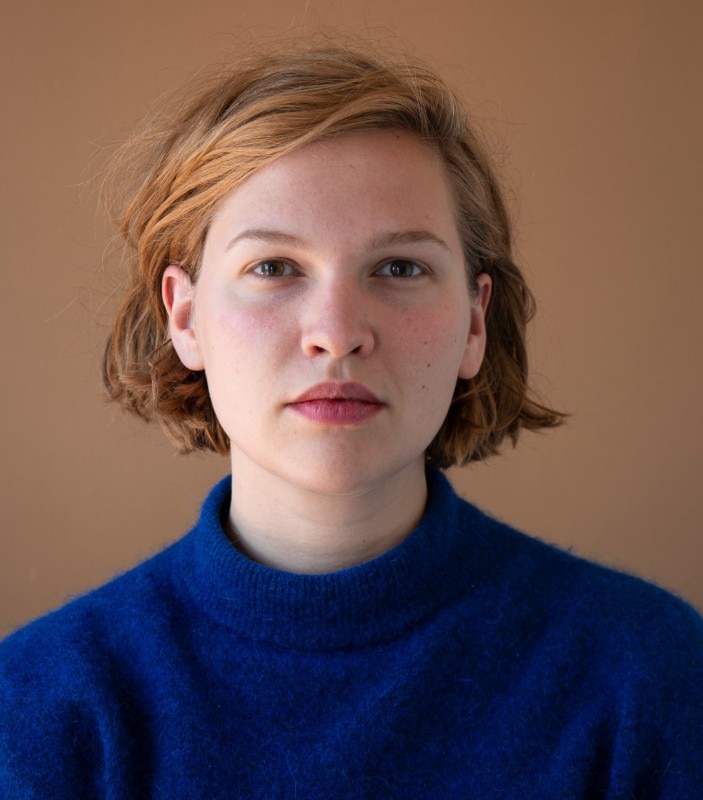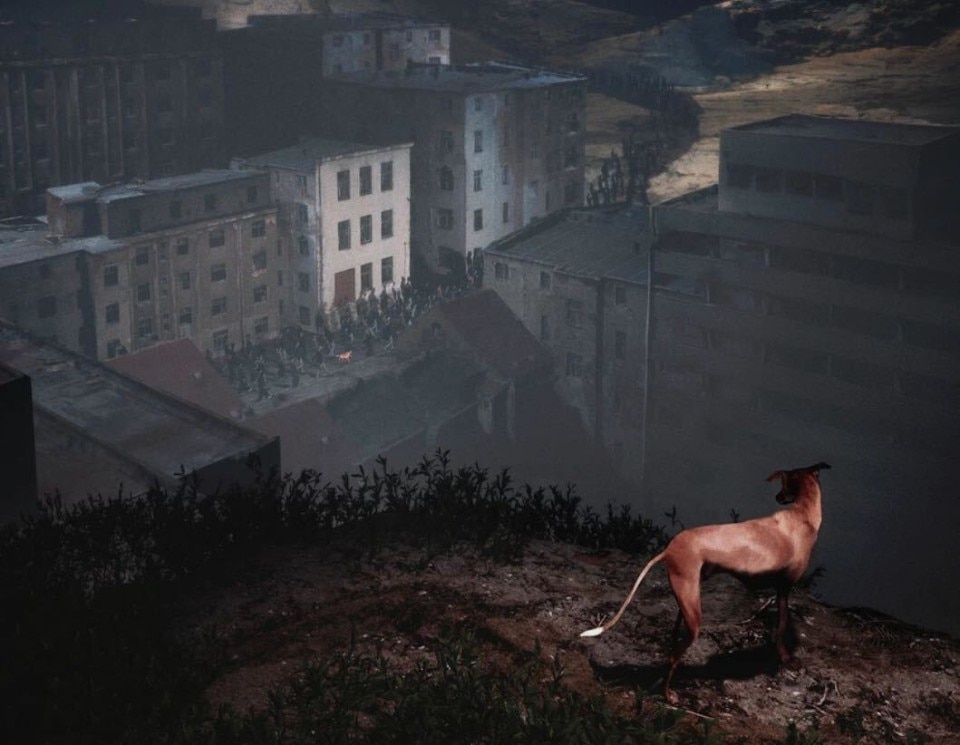Why should one choose virtual reality as a means of artistic expression in the first place? We asked Celine Daemen, Dutch VR artist winner of last year’s edition of Venice Immersive, the VR section of the 81st Venice International Film Festival, and president of this year’s jury. “I come from a theater background”, explains Daemen. “So I studied theater at the Academy of Performative Arts in Maastricht. And then I just got really excited about the idea of the audience not sitting in this distant role of sitting in the audience on a chair, looking at the actor or the play. There’s a lot of distance in the relationship there in terms of the audience and the spectator. Therefore, to involve your body also in these emotional experiences, adds really a new layer also to artistic experiences”.

Obviously you can have forms of immersion also with traditional media (a well written book can indeed “transport” you in another dimension as well, and so can do a movie or a theater play), but VR is the only medium that can do this by actually putting your own vision in a virtual world that escapes the rules of physics. You are physically present, and this bodily experience enhances the emotional impact of the work.
“It’s not as much as experiencing a story, but it’s experiencing spaces”, says Daemen. In doing so, VR “can bring about your own, for example, fears or desires. And that’s, I think, what art has done over centuries and centuries is that it makes you experience something about yourself”. This is what immersion is about: looking at your surroundings and actually seeing yourself, without any intermediation.
“If you just lost your grandma and you’re really having a hard time with this”, explains the artist, “and then you see an art piece, you hear a piece of music, and then you suddenly think of this loss of your grandma, and you somehow get a perspective on these very personal things. I think that’s, to me, what immersion is about, that it’s placing you in a situation or a space or a moment or an image. And by doing that, it is making you experience things that you are going through and giving you a new perspective on them as well. In this context, the construction of the virtual space plays a crucial role.
Is there to mirror something that is truly human, giving us the opportunity to learn something about who we are in this world as the little weird human beings that we are. And to do that, it should mirror a deeply human aspect of reality.
Celine Daemen
Daemen pieces are often set in liminal spaces that you can freely navigate, as labyrinths into the unknown (or in the deepest places of one’s mind). “I try to make spaces that do form some mirror to reality, because I do think that that’s where the power of art lies, that it’s somehow also helping us get a distance from reality. My last two pieces”, which are Eurydice. A Descent Into Infinity (2022) and Songs for a Passerby (2023), both presented at the last two editions of Venice Immersive, “you walk on a surface of 5 to 6 meters. You walk around in a circle, and everytime you walk around the corner, inside VR, you walk into a new space. If you would stand outside of VR, you would just see someone walking in circles on a flat surface. But to the experience of the people, they walk from space to space to space”.
It seems like VR has to do with recreating reality, but actually there isn’t a mimetic or a narrative purpose. In fact, it is more like a dream: “when we dream, we are completely free of any boundaries of reality”. And as in a dream, VR (an art form in general) “is there to mirror something that is truly human, giving us the opportunity to learn something about who we are in this world as the little weird human beings that we are. And to do that, it should mirror a deeply human aspect of reality”.
And that’s, I think, what art has done over centuries and centuries is that it makes you experience something about yourself.
Celine Daemen
So what is the future of virtual reality, and what’s next with Daemen research? First of all, according to the artist, the art field needs to re-think models of spectatorship, investigating if art and spectators are really that distant from each other, if they can be closer to each other (not necessarily immersive, actually). “At the same time”, says the artist, “I’m afraid that there is also another side of the medium that is going in a different direction. So that’s also a part that I’m critical of”.
In the next few years, Daemen will carry out research at the Lincoln Center, where she and her team are going to develop a multiplier VR-based experience with live cameras. Alongside, they are also working on a big dome piece for projection with live, interactive music compositions that is going to come up in the next four years.
Opening image: De Opera van de Vallende Mens (The opera of the falling). Courtesy Studio Nergens









